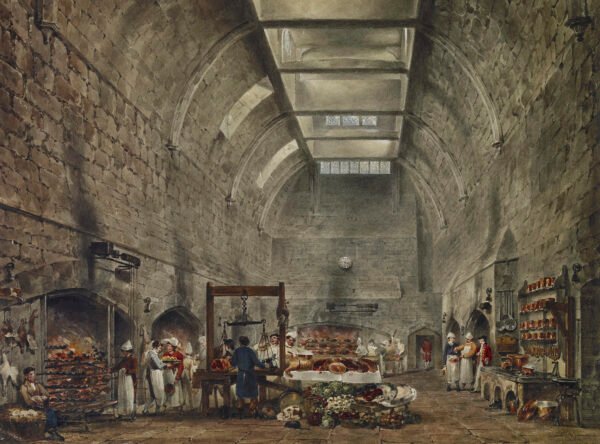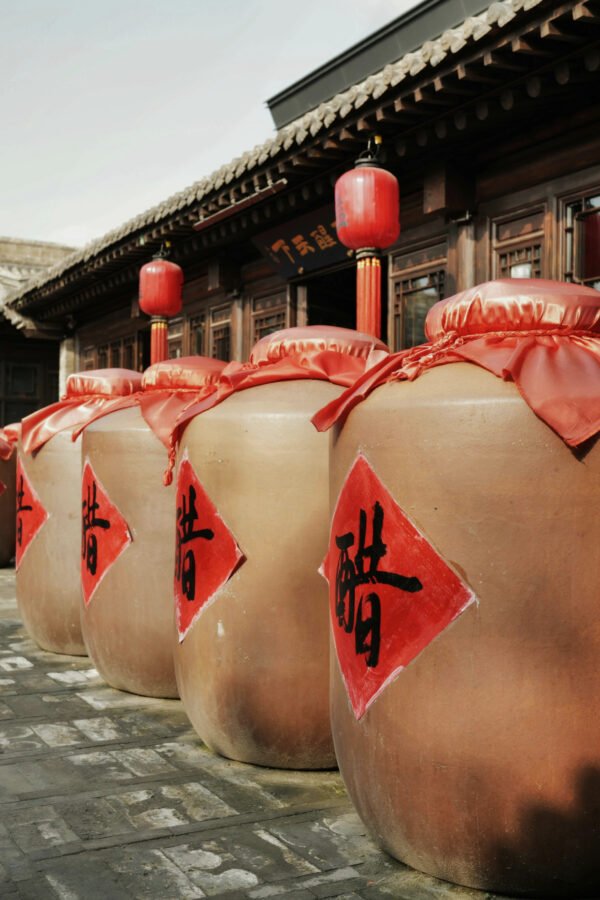No products in the cart.
Coffee House in Cairo, Egypt, 1846, David Roberts
Coffee & Culture: How Coffee Houses Shaped Society & Innovation
Coffee is more than a drink—it is history in a cup, a force that has shaped societies, fueled revolutions, and fostered intellectual and artistic movements across centuries.
From the qahveh khaneh of the Ottoman Empire to the literary cafés of Paris and the third-wave coffee culture of today, coffee houses have been far more than gathering places—they have been incubators of change.
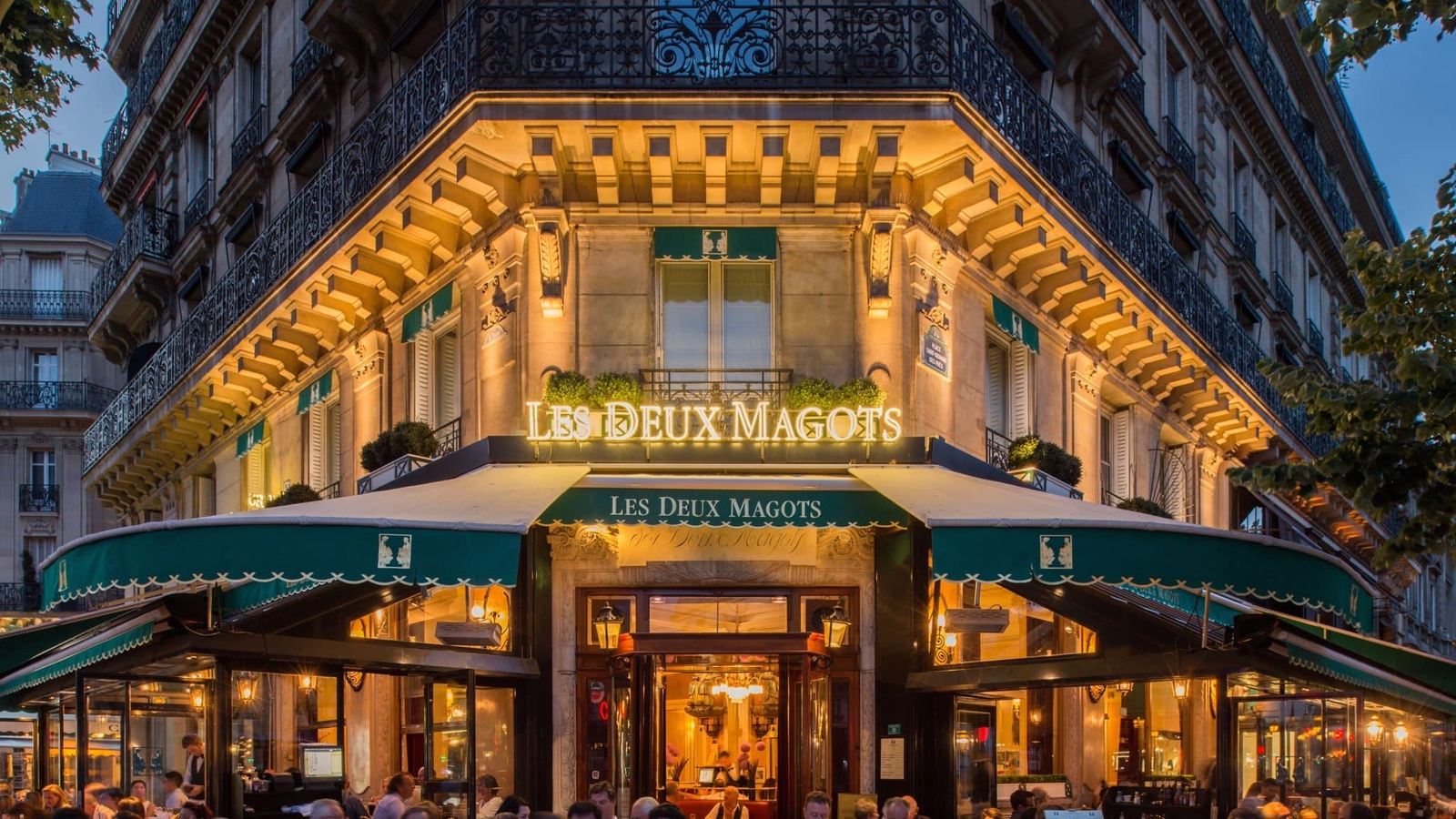

(1) Les Deux Magots, Paris, 1920s – One of the most famous literary cafés in the world, Les Deux Magots became a hub for artists, writers, and philosophers in early 20th-century Paris. Ernest Hemingway, James Joyce, and Simone de Beauvoir were among its regulars, turning the café into a meeting place for some of the most influential minds of modern literature and existentialist thought.
(2) Café Griensteidl, Vienna (Before 1897) – Once referred to by Stefan Zweig as the “headquarters of young literature,” Café Griensteidl was a hub of creative and political discourse in Vienna. Before its demolition, it was frequented by some of the greatest literary and philosophical minds of the time, reinforcing the critical role cafés played in shaping European intellectual life.
At Palette Synthi™, we explore the spaces where food, culture, and history intersect. Join us as we trace the legacy of coffee houses and their profound impact on the way we think, create, and connect.
The Origins of Coffee & Early Coffee Houses
The story of coffee begins in the mountains of Ethiopia, where legend tells of a goatherd named Kaldi, who noticed his flock energized after eating bright red coffee cherries. Word of this discovery traveled to Yemen, where by the 15th century, Sufi mystics were cultivating coffee, using it to sustain long hours of prayer and meditation.

Kaldi and the Discovery of Coffee – According to legend, the Ethiopian goat herder Kaldi observed his goats becoming unusually energetic after eating bright red coffee berries. This discovery led to the early use of coffee, eventually spreading from Ethiopia to the rest of the world.
By the 16th century, coffee houses—qahveh khaneh—emerged in the Ottoman Empire, quickly becoming centers of social and intellectual life. These establishments offered more than just coffee; they became hubs of storytelling, debate, and cultural exchange. In Constantinople (modern-day Istanbul), coffee houses flourished, growing from 600 establishments in the late 1500s to nearly 2,500 by the 19th century.
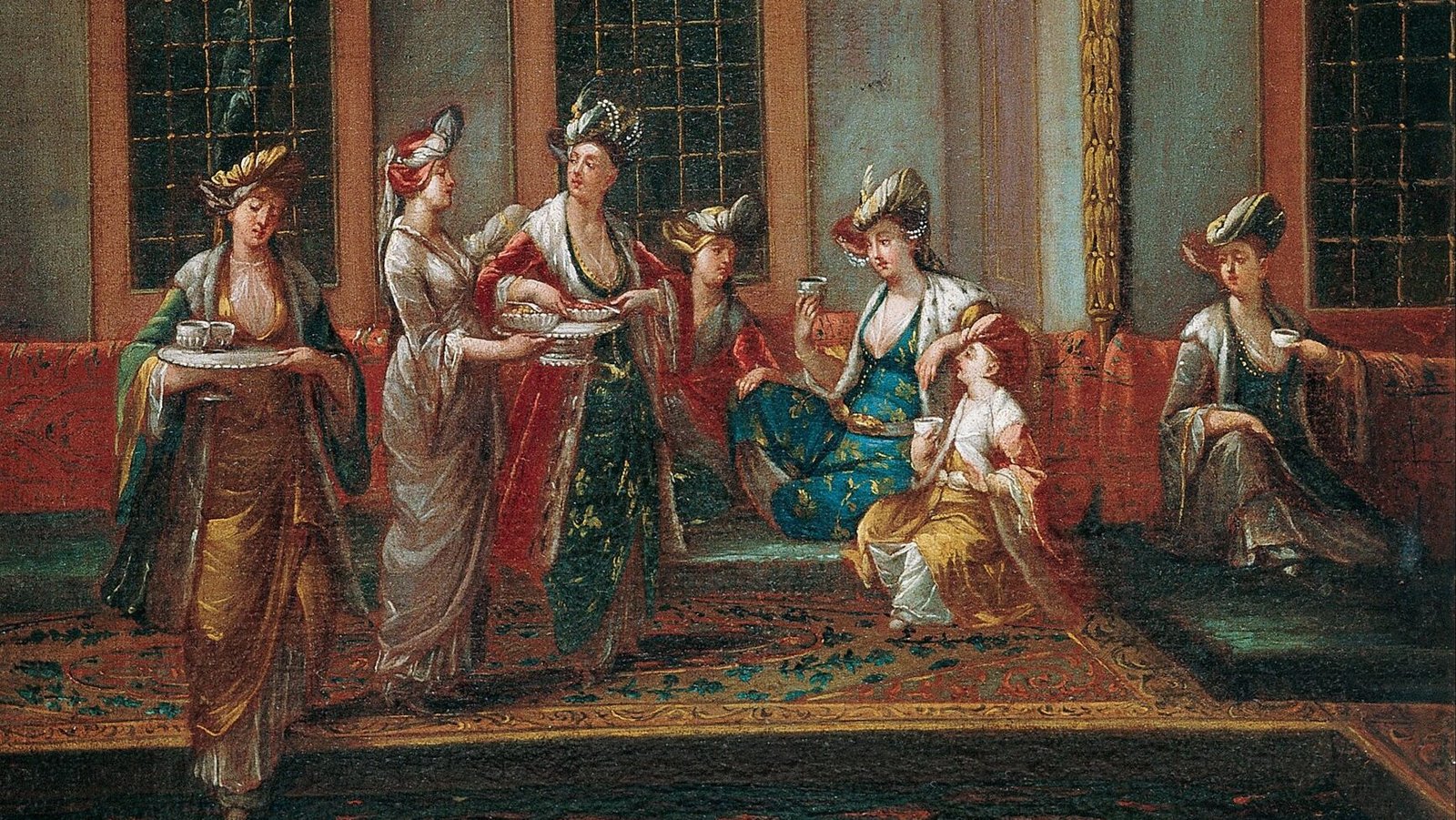
Women in Ottoman Coffee Culture – This 18th-century painting by Jean-Baptiste Vanmour depicts Ottoman women enjoying coffee in a private salon, reflecting the social and cultural significance of coffee drinking in the empire. Coffee was not just a beverage but a ritual, fostering conversation, leisure, and intellectual exchange within both public coffeehouses and elite gatherings.
💡 Ottoman coffee houses became incubators for discussion, literature, and political discourse—so influential that they were periodically banned by rulers who feared their power.
The European Coffeehouse Revolution
As coffee spread to Europe, it revolutionized the way people gathered, sparking new traditions of intellectual and social exchange. By the 17th century, coffee houses had become centers of learning, where thinkers, writers, and revolutionaries met to share ideas—fueling some of the most significant cultural and political movements in history.
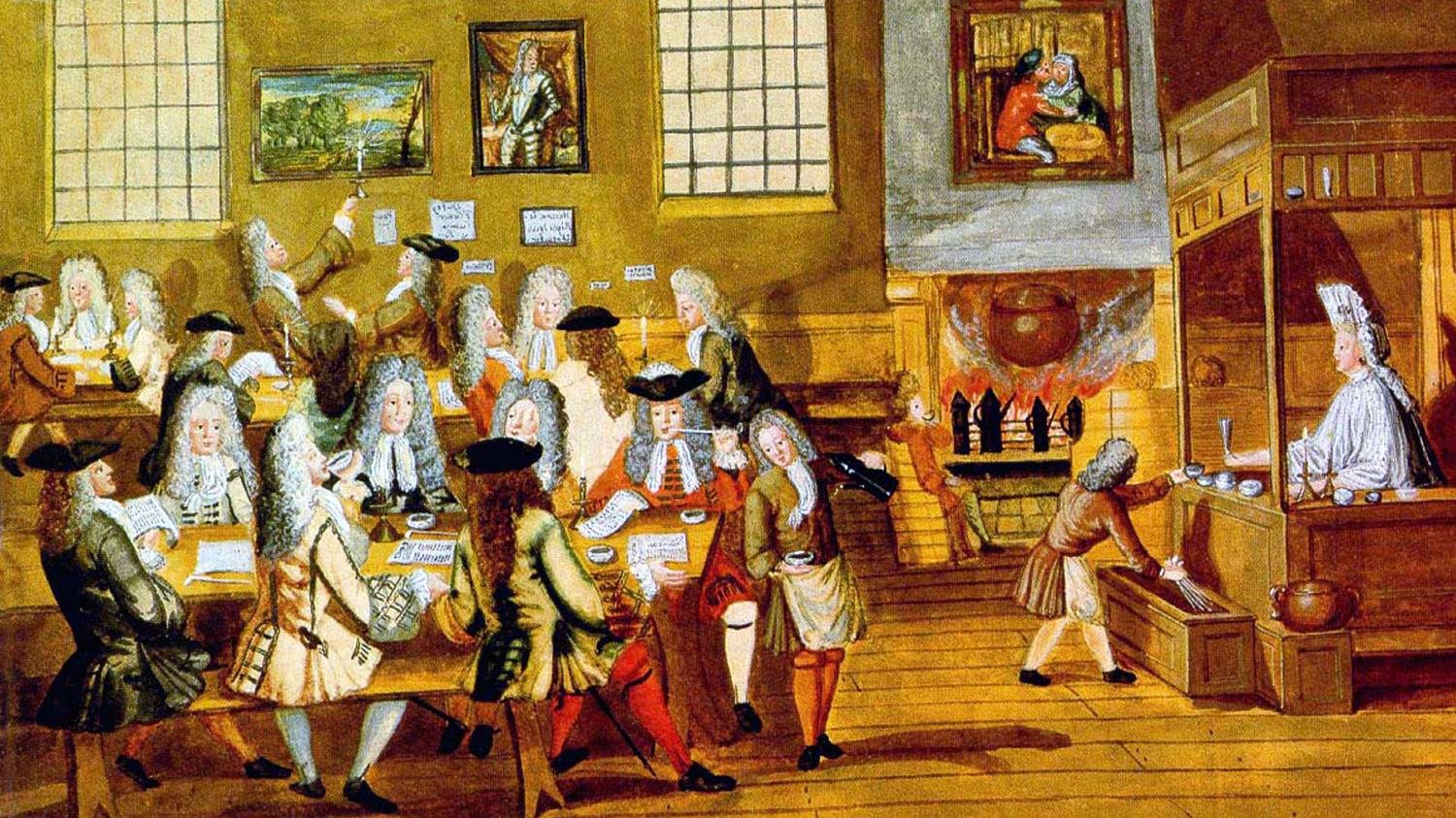
Interior of a London Coffeehouse, 17th Century – The British Museum – London’s early coffeehouses were vibrant centers of commerce and debate, often referred to as “penny universities” for the knowledge one could gain over a cup of coffee. This illustration captures the dynamic atmosphere of these establishments, where merchants, politicians, and scholars gathered to exchange news, conduct business, and discuss the issues of the day.
London: The Coffee-Fueled Birthplace of Ideas
- The Grecian Coffeehouse → A hub for The Royal Society, where Isaac Newton, Edmund Halley, and early scientific pioneers exchanged ideas.
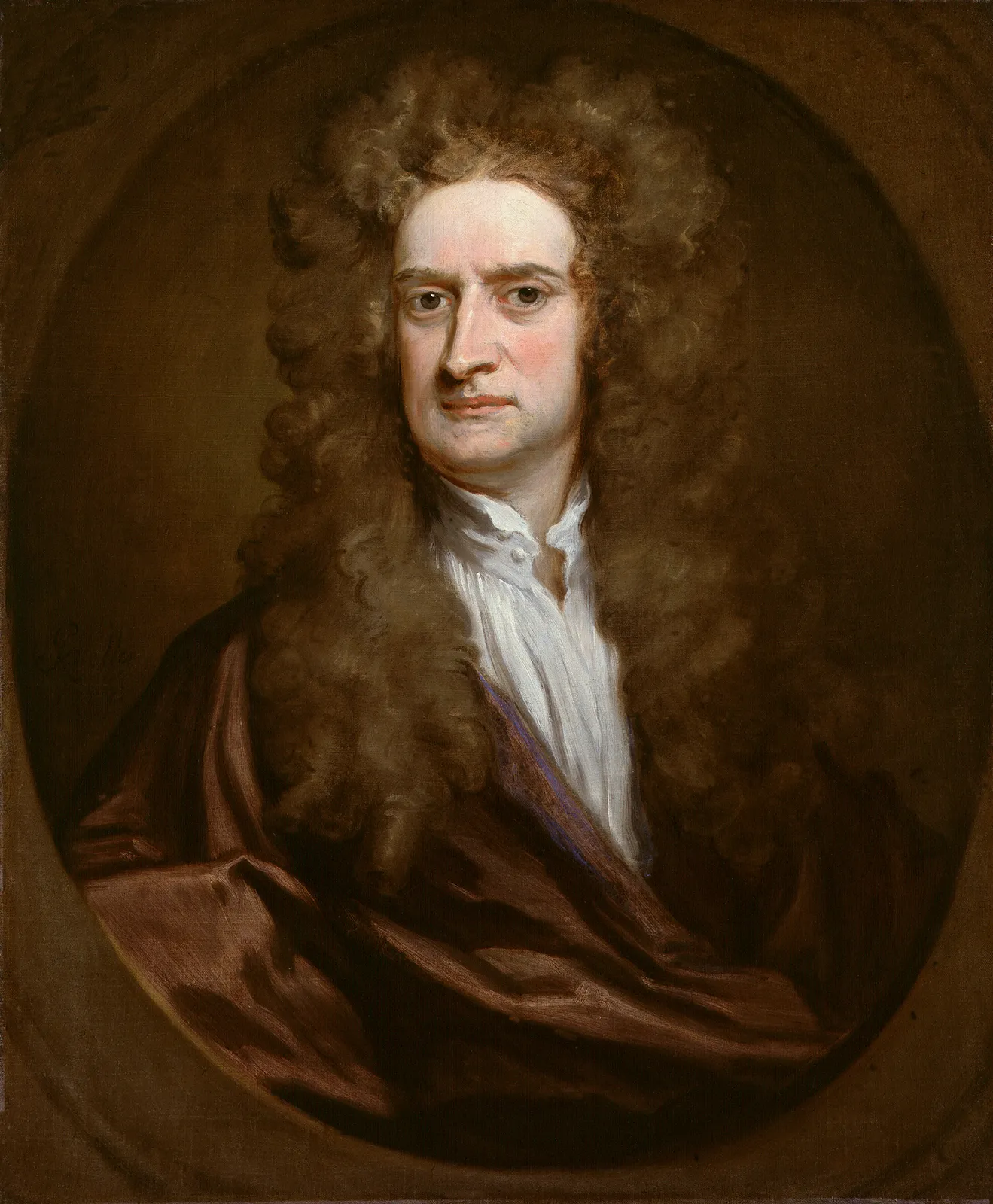
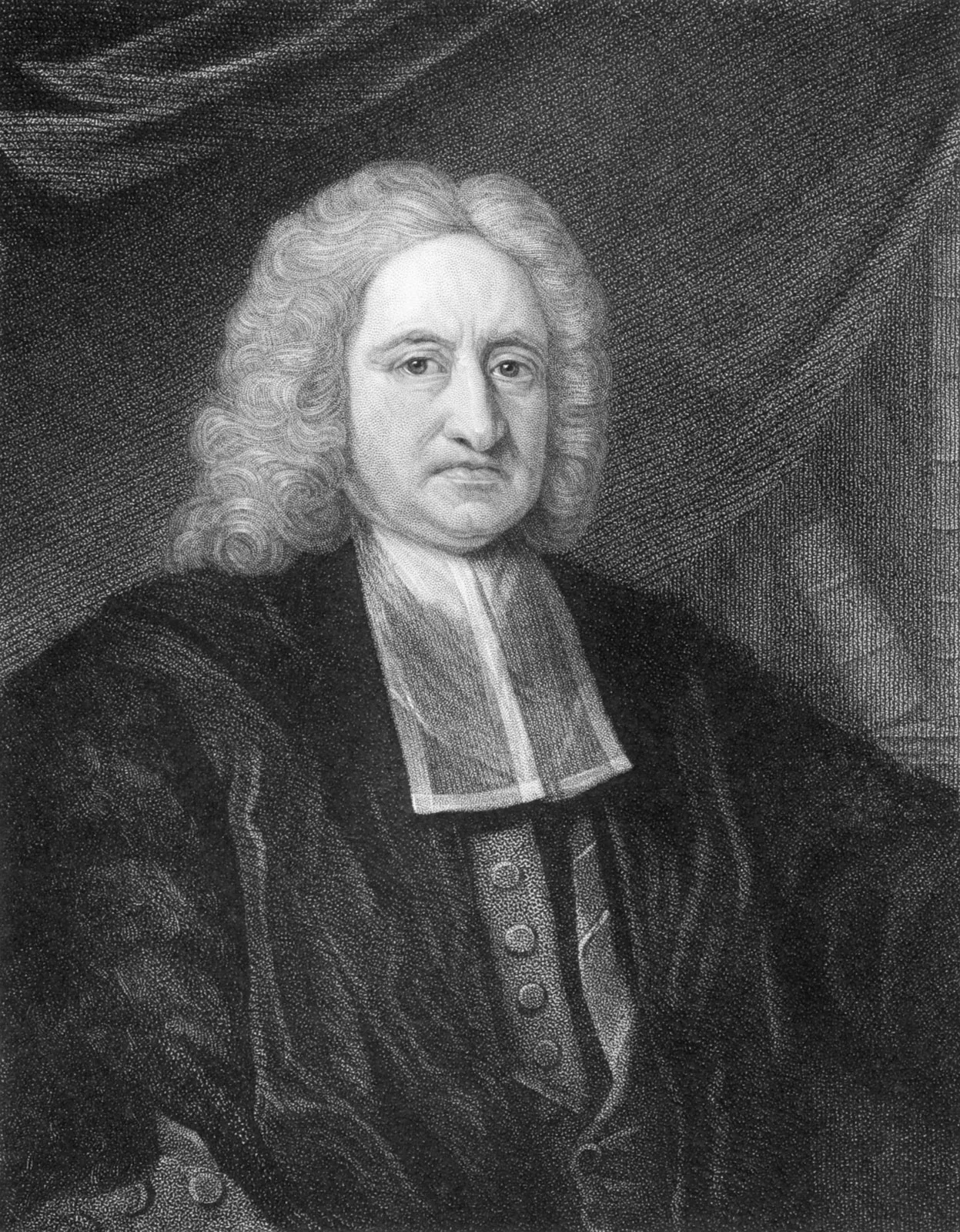
The Grecian Coffeehouse – A Hub for Scientific Discovery – Frequented by members of The Royal Society, The Grecian Coffeehouse was a gathering place for some of history’s greatest minds, including Isaac Newton and Edmund Halley. Halley, known for predicting the return of Halley’s Comet, engaged in discussions that influenced celestial mechanics, while Newton’s revolutionary ideas on physics and mathematics were debated over cups of coffee, shaping the course of scientific thought in the Age of Enlightenment.
- Lloyd’s Coffee House → The birthplace of Lloyd’s of London, now the world’s largest insurance market.

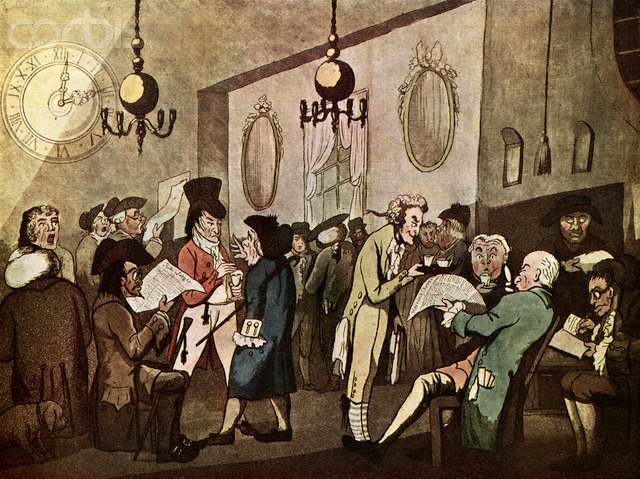
Lloyd’s Coffee House – The Birthplace of Global Insurance – Founded in the 17th century, Lloyd’s Coffee House in London became the meeting place for merchants, shipowners, and underwriters. Discussions over coffee led to the establishment of Lloyd’s of London, now the world’s leading insurance market, shaping the maritime and financial industries.
Paris: The Café Culture of Thinkers & Revolutionaries
- Café Procope, founded in the late 1600s, became an intellectual salon for Voltaire, Rousseau, and Enlightenment thinkers, where political philosophy and revolution brewed alongside coffee.

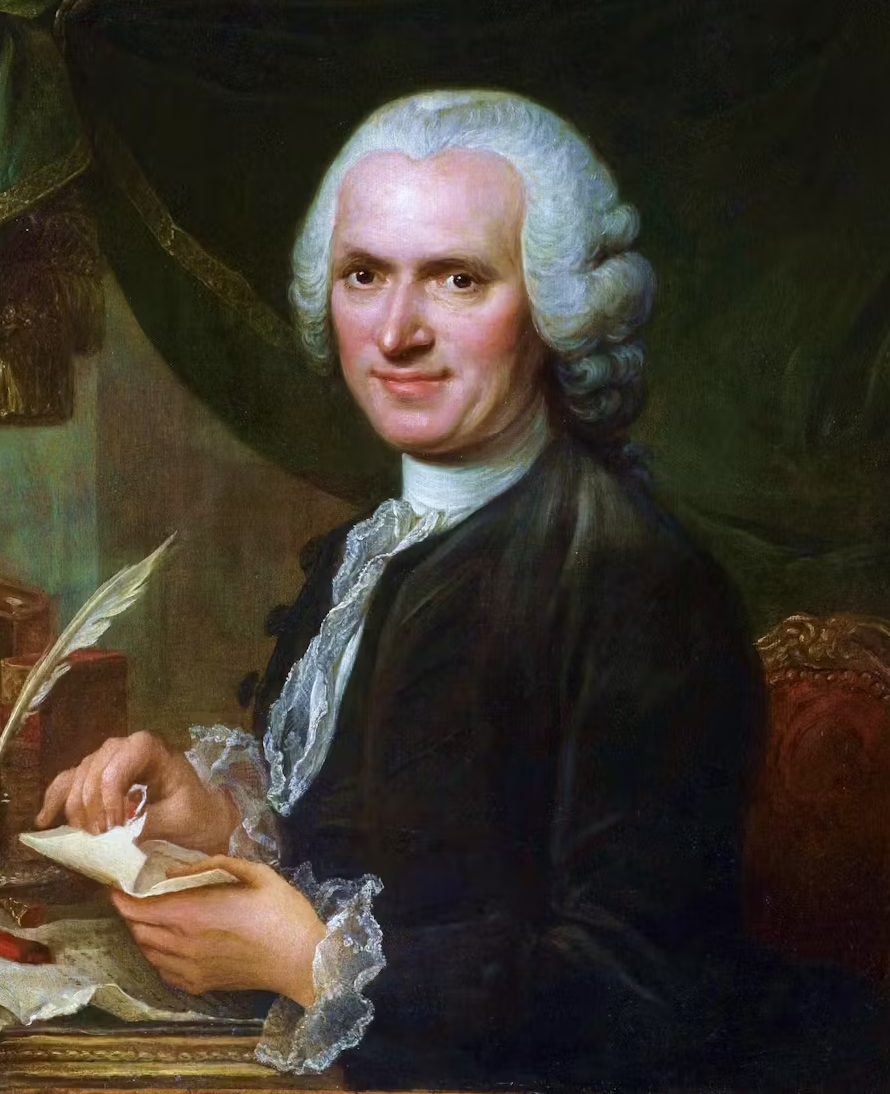

Café Procope, Paris – The Coffeehouse of Revolutionaries – A landmark of European coffeehouse culture, Café Procope was famed for its vibrant debates and literary gatherings. Frequented by Enlightenment thinkers such as Voltaire and Rousseau, the café became a hub for intellectual discourse, political philosophy, and revolutionary ideas. Voltaire was known for consuming copious amounts of coffee while discussing reason and civil liberties, while Rousseau’s critiques of inequality and governance found an audience among the café’s patrons. Its richly decorated interior and elegant service set the standard for Parisian café society, cementing its place in history as a meeting ground for great minds shaping the modern world.
Vienna: The UNESCO-Recognized Coffeehouse Tradition
- Viennese cafés, like Café Central, became gathering places for Leon Trotsky, Sigmund Freud, and Stefan Zweig.
- So vital was the Viennese coffee house tradition that it is now recognized by UNESCO as part of Austria’s intangible cultural heritage.
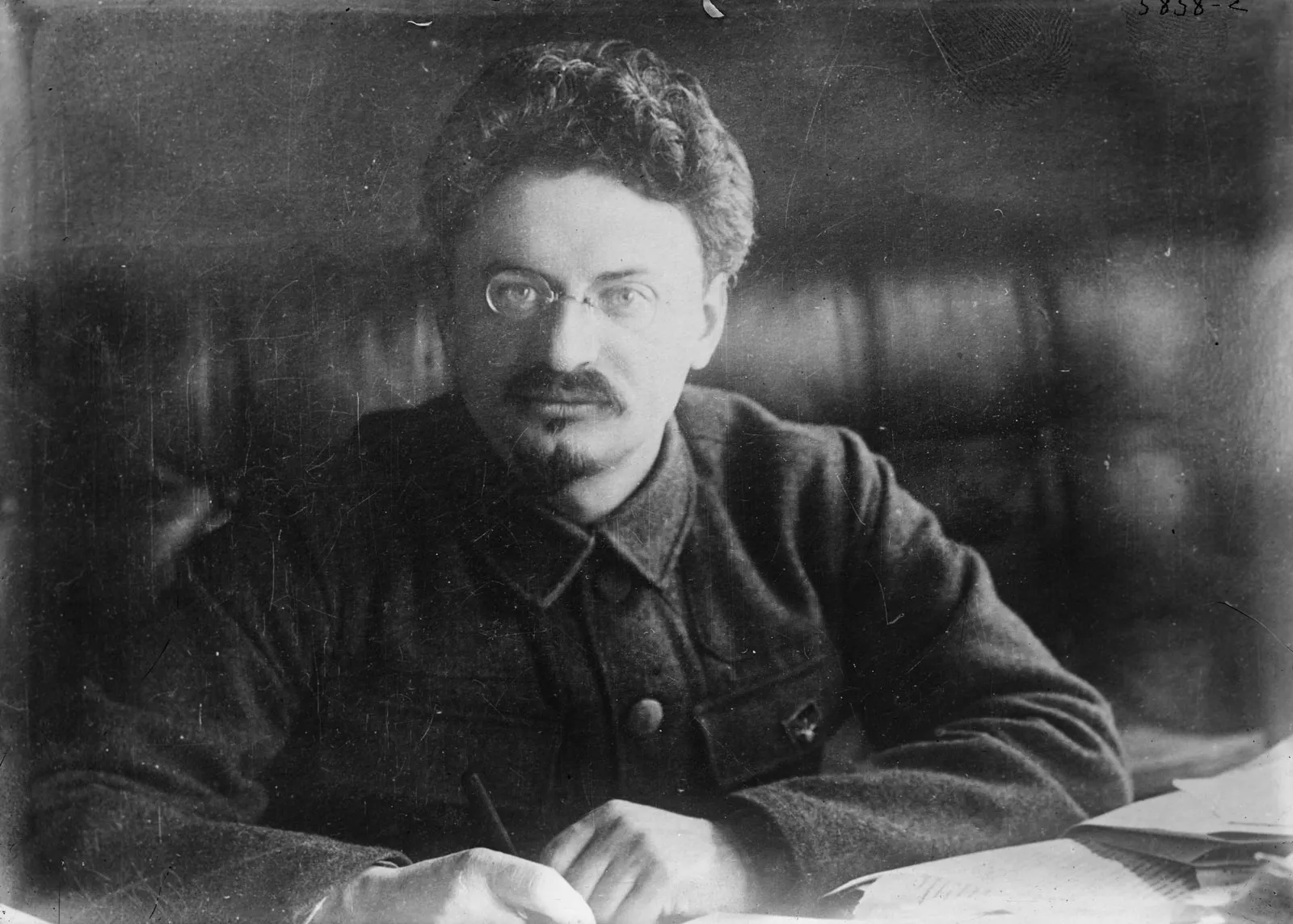
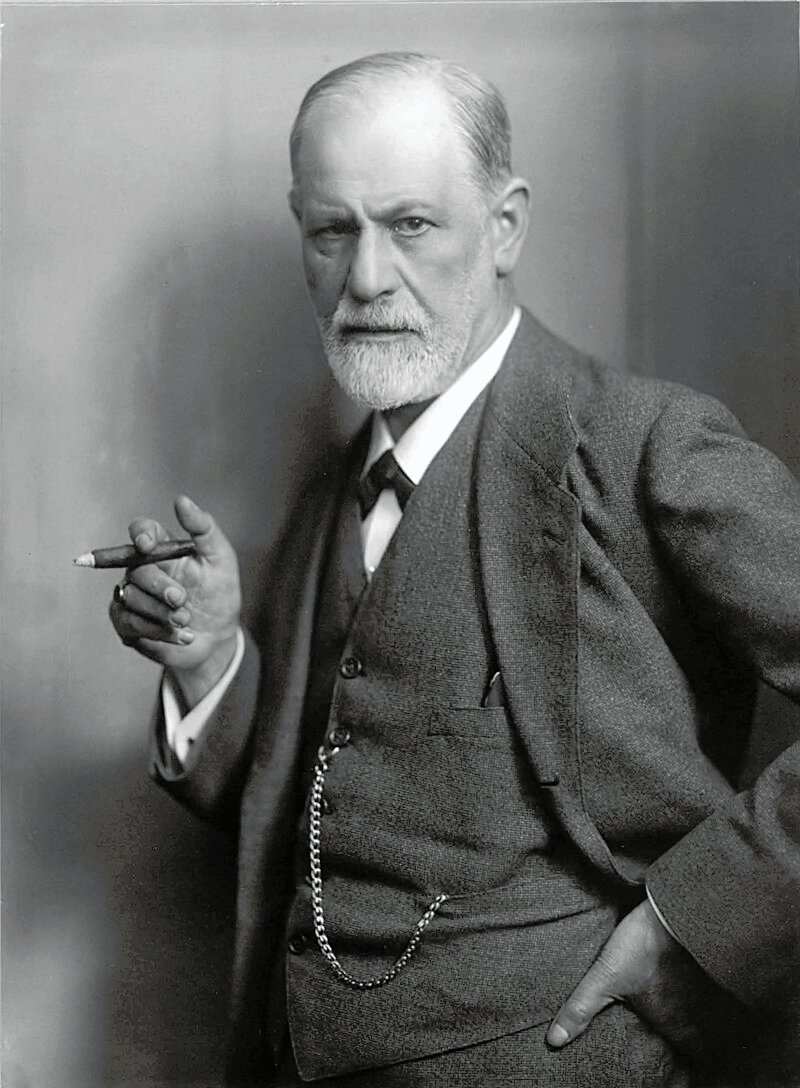
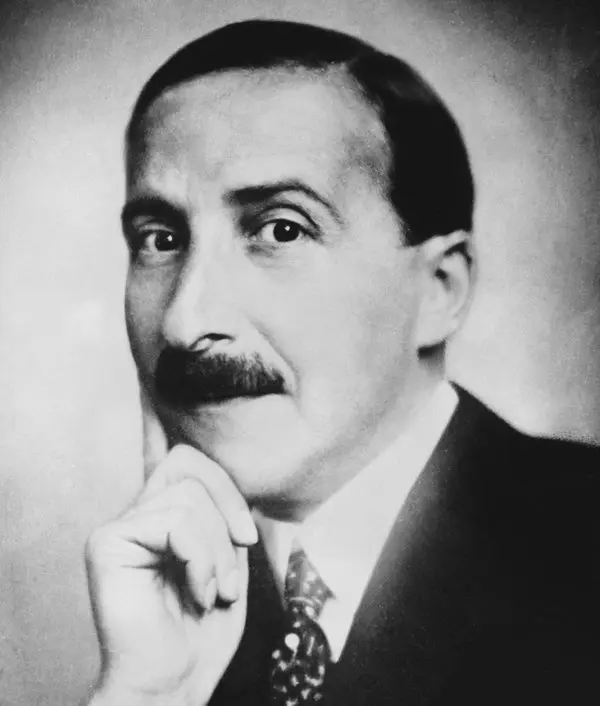
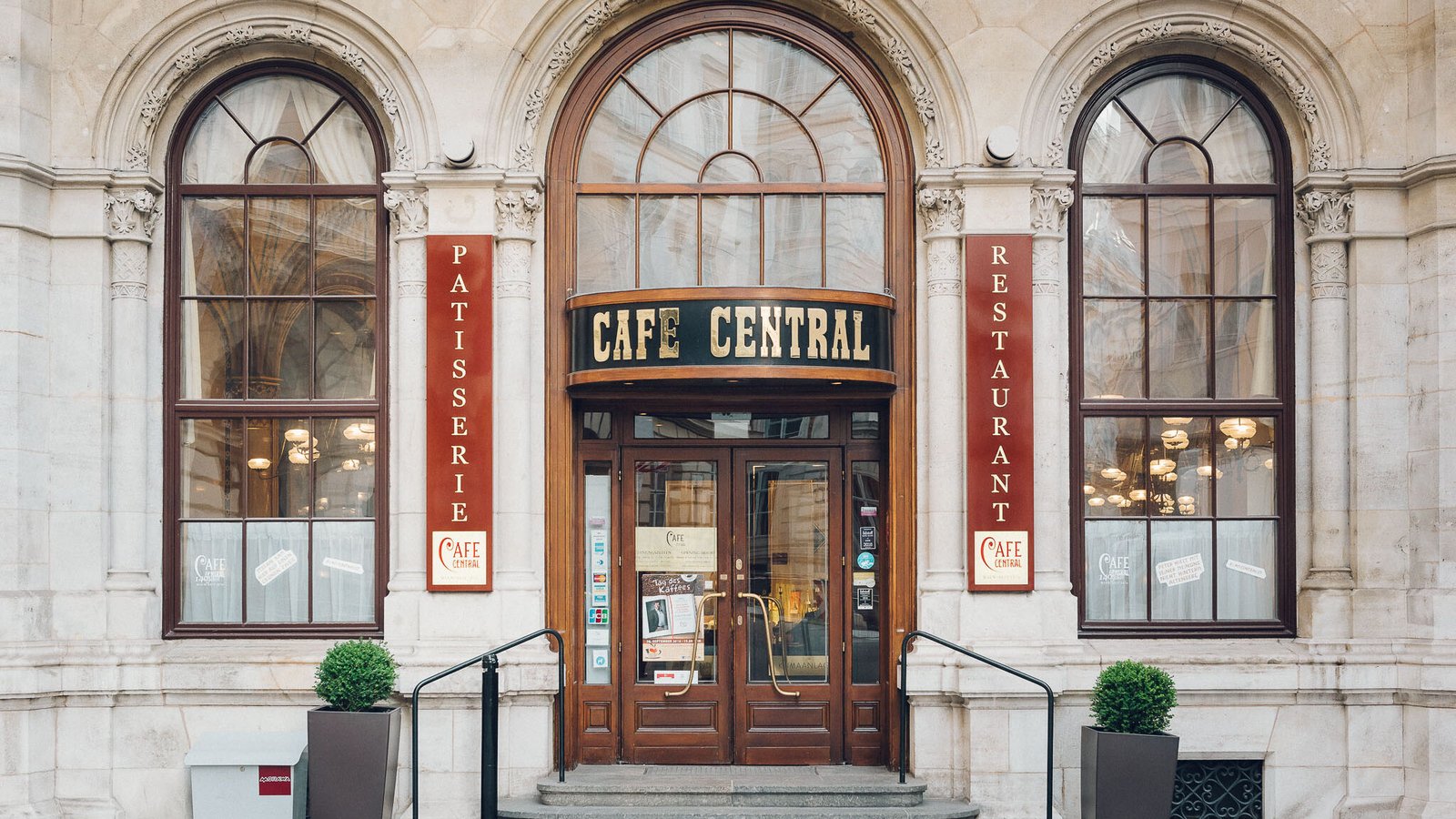
Café Central – A Gathering Place for Thinkers and Revolutionaries – Vienna’s Café Central became an intellectual crossroads where Sigmund Freud explored the depths of the human psyche, Leon Trotsky debated revolutionary ideals, and Stefan Zweig chronicled the cultural transformations of Europe. These cafés were not just meeting places but arenas of ideological clashes, shaping psychology, politics, and literature in the early 20th century.
💡 Coffee houses were more than cafés—they were laboratories of thought, where art, science, and politics took shape.
Peet’s Coffee: Crafting Bold, Rich Flavors Since 1966
Affiliate Disclosure
If you purchase through this link, we may earn a commission
— at no extra cost to you.
— at no extra cost to you.
Coffee Houses Across Cultures
The coffee house tradition evolved uniquely across different regions, shaping distinct cultural rituals.
Middle East: The Coffeehouse as a Storytelling Hall
- In the Ottoman Empire, coffee houses became spaces for poetry, debate, and performance, where oral storytelling shaped cultural and political discourse.
Japan: The Artistry of Kissaten
- Japan’s kissaten (traditional coffee houses) blend handcrafted coffee preparation with a quiet, meditative atmosphere, reflecting the nation’s emphasis on precision and mindfulness.
Scandinavia: The Ritual of Fika
- In Sweden and Finland, fika is more than a coffee break—it is a cherished social tradition, often enjoyed with pastries like kanelbullar (cinnamon rolls).
South America: Coffee as a Cultural Legacy
- Brazil, one of the world’s largest coffee producers, has a café culture deeply rooted in its coffee-growing heritage, where coffee houses serve as both daily rituals and gathering places.
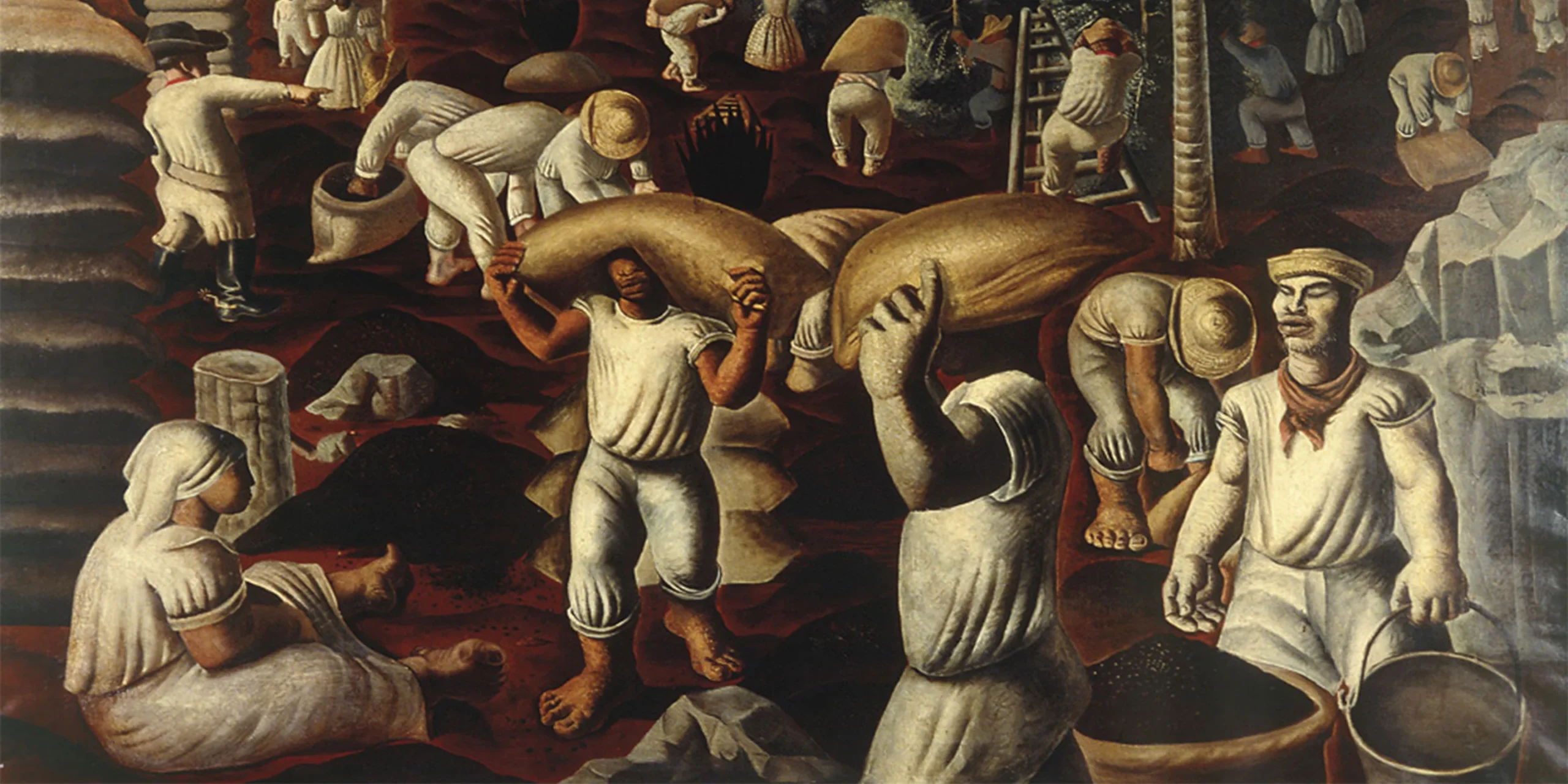
Brazilian Coffee Plantation, 1935 – Cândido Portinari – This striking mural by Brazilian modernist Cândido Portinari depicts laborers harvesting coffee beans, a raw yet powerful commentary on the economic and social realities of Brazil’s coffee industry. Coffee, once a colonial commodity, shaped Brazil’s global influence, but the industry’s prosperity came at the cost of exploited labor, a theme echoed in Portinari’s broader body of work.
💡 Wherever coffee is brewed, it becomes more than a drink—it becomes part of a cultural identity.
Coffee Houses in the Modern World
Today, coffee houses continue to evolve, reflecting changing social and cultural needs:
- Third-Wave Coffee Movement → A movement emphasizing single-origin beans, sustainable sourcing, and artisanal brewing methods.
- Coworking Cafés → Coffee houses have transformed into creative workspaces, where freelancers, entrepreneurs, and artists thrive in a caffeine-fueled atmosphere.
- Community Hubs → Coffee shops remain spaces for social connection, just as they were in centuries past.
💡 The modern coffee house is both a continuation of tradition and a reflection of the future, where coffee, culture, and conversation come together.
A Legacy Brewed in Culture & Conversation
From Ottoman qahveh khaneh to Parisian literary cafés, from Viennese salons to modern specialty roasteries, coffee houses have shaped history, fueled creativity, and provided spaces for ideas to flourish.
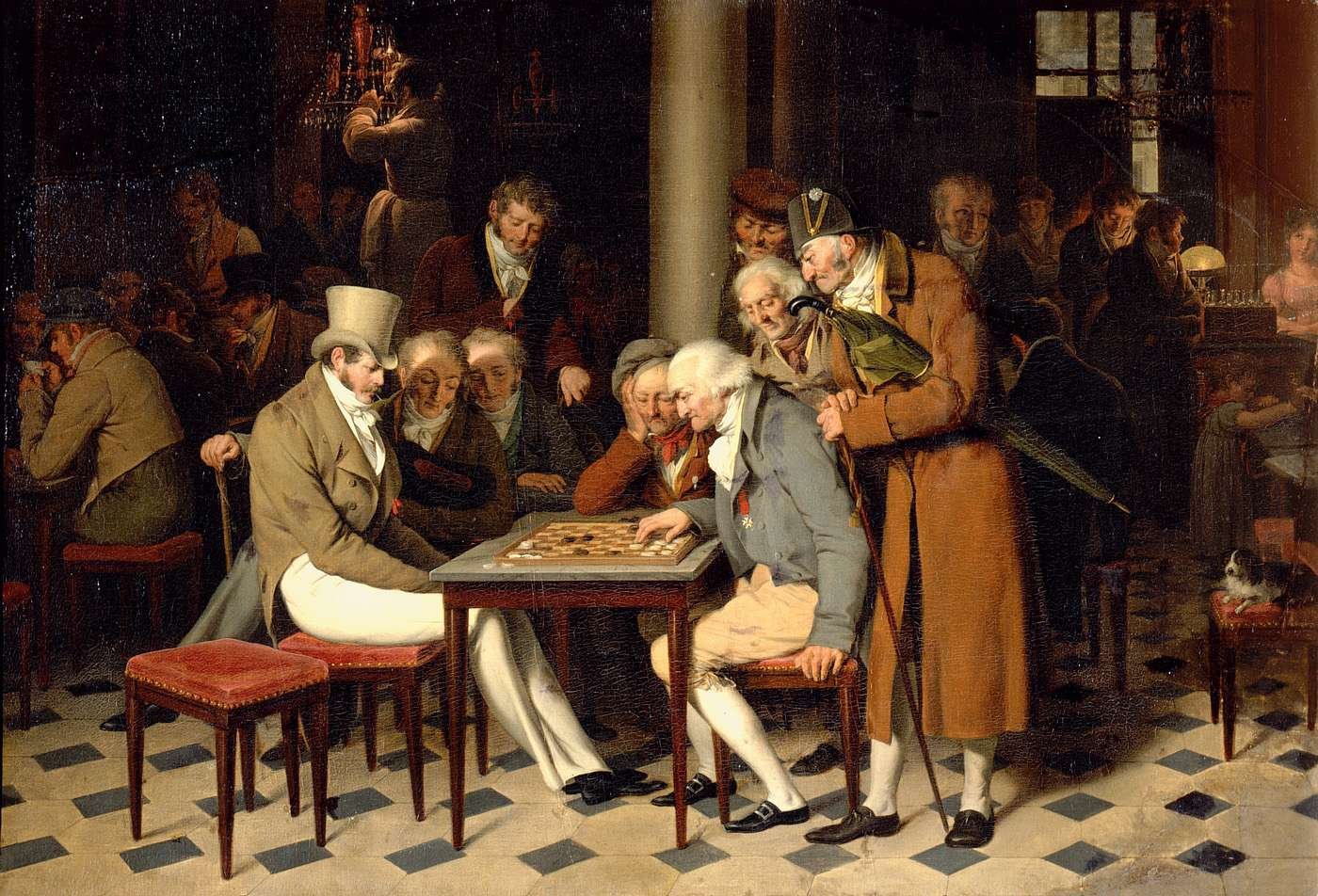
Men Playing Checkers at Café Lamblin, Paris (Before 1808) – Louis-Léopold Boilly – Set in the bustling Palais-Royal, this painting captures the lively intellectual and social culture of Parisian cafés in the early 19th century. These establishments were more than places for leisure—they were hubs of conversation, political discourse, and entertainment, reflecting the café’s growing role in European society.
Do you have a favorite coffee house tradition, or a café that inspires you?
Share your coffee stories with #PaletteSynthi and be featured in our Café Culture Showcase—a celebration of the places where people, ideas, and flavors come together.
Let’s continue the conversation—one cup at a time.




